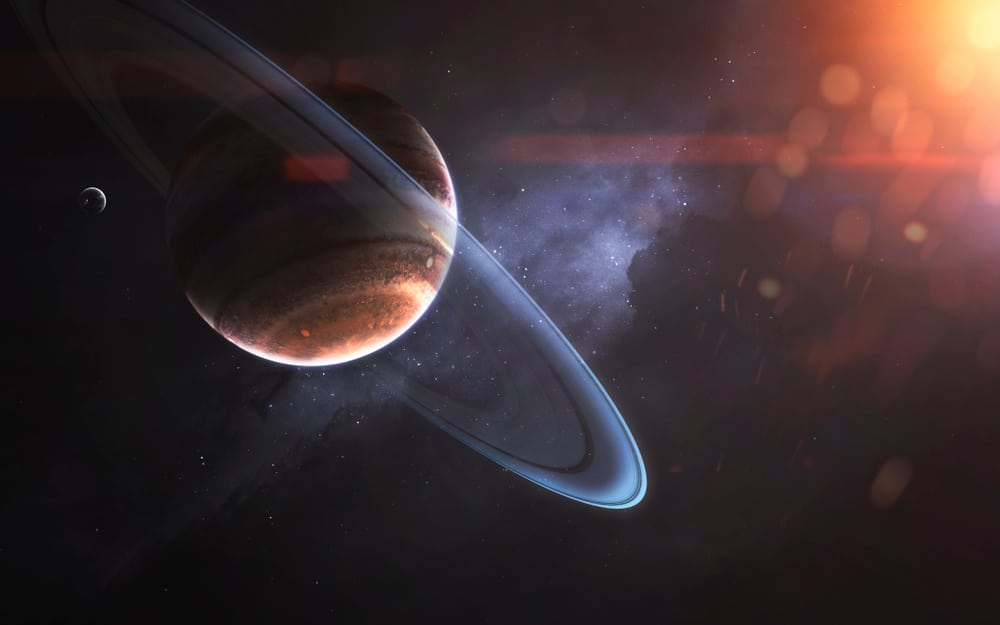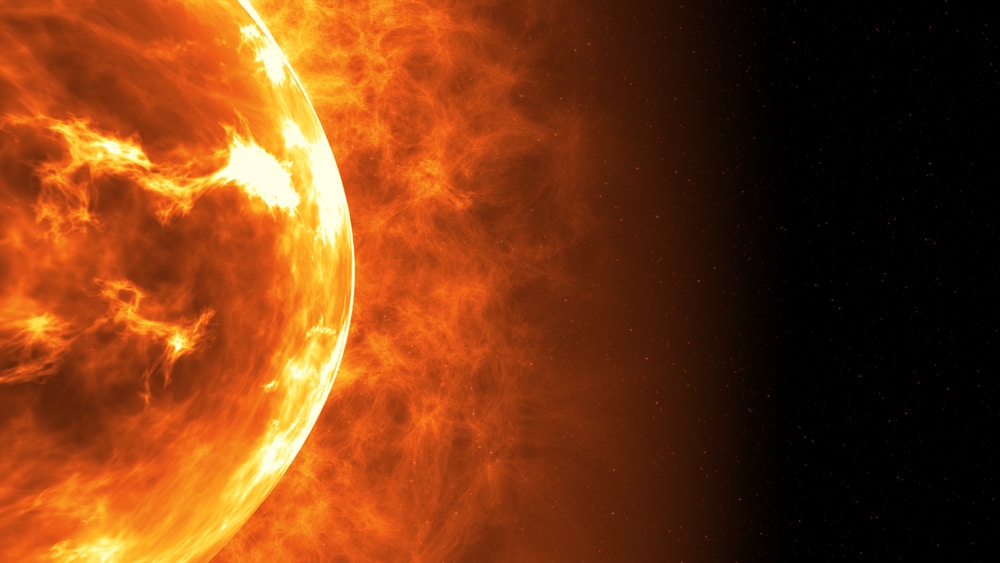Using data from several space missions and the Hubble telescope, an astronomer discovered that Saturn’s rings are heating its own atmosphere—something that has never been seen before in our solar system.
“The secret has been hiding in plain view for 40 years,” a NASA spokesperson announced on Thursday. “But it took the insight of a veteran astronomer to pull it all together within a year.”
“Saturn’s vast ring system is heating the giant planet’s upper atmosphere. The phenomenon has never before been seen in the solar system. It’s an unexpected interaction between Saturn and its rings that potentially could provide a tool for predicting if planets around other stars have glorious Saturn-like ring systems, too.”
According to the Good News Network, The study used images of Saturn from NASA’s Hubble Space Telescope and retired Cassini probe, in addition to the Voyager 1 and 2 spacecraft and the retired International Ultraviolet Explorer mission.
The telltale evidence was an excess of ultraviolet radiation, seen as a spectral line of hot hydrogen in Saturn’s atmosphere. “The bump in radiation means that something is contaminating and heating the upper atmosphere from the outside,” explained NASA.
“The most feasible explanation is that icy ring particles raining down onto Saturn’s atmosphere cause this heating. This could be due to the impact of micrometeorites, solar wind particle bombardment, solar ultraviolet radiation, or electromagnetic forces picking up electrically charged dust. “All this happens under the influence of Saturn’s gravitational field pulling particles into the planet.”
When NASA’s Cassini probe plunged into Saturn’s atmosphere at the end of its mission in 2017, it measured the atmospheric constituents and confirmed that many particles are falling in from the rings.
“Though the slow disintegration of the rings is well known, its influence on the atomic hydrogen of the planet is a surprise,” said the author of a paper published this week in the Planetary Science Journal, Lotfi Ben-Jaffel of the Institute of Astrophysics in Paris and the University of Arizona. “From the Cassini probe, we already knew about the rings’ influence. However, we knew nothing about the atomic hydrogen content.”
















